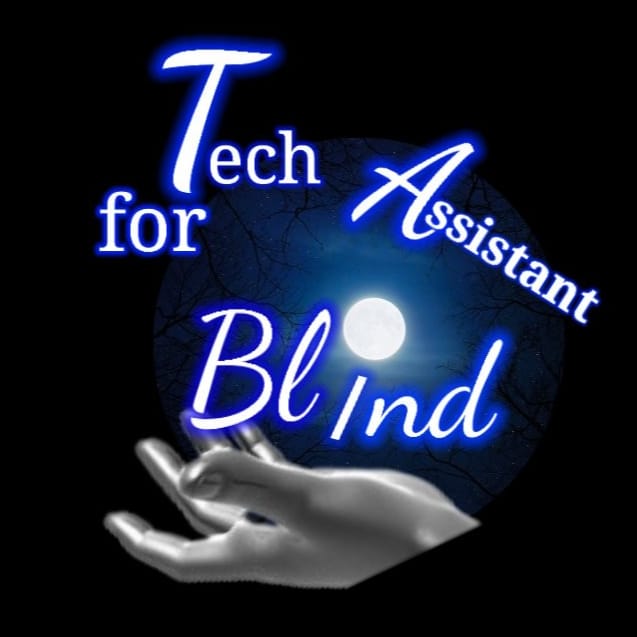Last Updated on
March 29, 2024
Written by
Tech Assistant for blind Team
This comprehensive document has been crafted by developers, with a specific focus on catering to fellow developers. Its primary goal is to delve into the fundamental concepts and web architecture of Tech Assistant AI 1.0. Throughout this document, a consistent use of terminology is employed to ensure clarity and facilitate a deeper understanding of the AI model’s specifications.
Website Overview
The Tech Assistant AI website is designed with the visually impaired community at its core. Accessibility
is a fundamental aspect, with adherence to WCAG 2.0 guidelines and Google Material Design best practices. To
ensure accessibility, we have developed pre-built, interchangeable web components that extend core states,
properties, and styles from standard web interfaces.
Web Component Architecture
Our web components are designed with strong accessibility API integration. This integration allows for the
translation of our extensible modern UI components into appropriate labels, providing correct states, and
managing user focus. This approach enables fully-fledged keyboard-handling navigation, facilitating a
virtual DOM-like Fragments interface to facilitate UI changes without complex calculations.
Memory Optimization
One of our key focuses is memory optimization. By utilizing the aforementioned architecture, we are able to
save overall device memory, allocating it for further image processing tasks. This optimization is crucial
for seamless user experience, especially for users with lower-end devices.
Camera Integration
For mobile devices, we have implemented a complex system to integrate with the default device camera. This
integration ensures quality pictures are captured, allowing for direct processing of raw visual
presentations without browser-based restrictions. This feature enhances the user experience by providing
real-time image processing capabilities.
Custom Reusable Interfaces
In addition to the pre-built web components, we have developed custom, reusable interfaces that can
flexibly link with each other. This approach enhances the user experience by creating a cohesive and
seamless navigation flow throughout the website.
Tech Assistant AI Model
Tech Assistant AI 1.0 is our first-capable image processing model designed with scalability in mind. We
release raw, pre-trained checkpoints, as well as checkpoints fine-tuned for dialogue, instruction-following,
helpfulness, and safety at each scale.
Model Evaluation
We thoroughly evaluate the performance of our models on a suite of quantitative and qualitative benchmarks.
The release of both pre-trained and fine-tuned checkpoints enables thorough research and investigation into
the impact of current instruction-tuning regimes. Additionally, it facilitates the development of increasingly
safe and responsible model development methodologies.
Advancements in Performance
Tech Assistant AI advances state-of-the-art performance relative to comparable-scale (and some larger), open
models. This advancement has been demonstrated across a wide range of domains, including automated benchmarks
and human evaluations.
Responsible Release
We believe the responsible release of large language models (LLMs) like Tech Assistant AI is critical for
improving the safety of frontier models. It also ensures equitable access to this breakthrough technology,
enables rigorous evaluation and analysis of current techniques, and fosters the development of the next
wave of innovations in AI technology.
